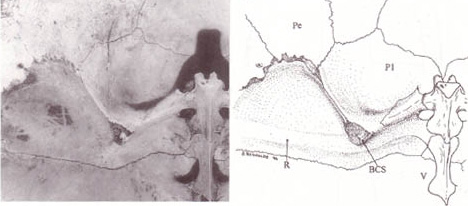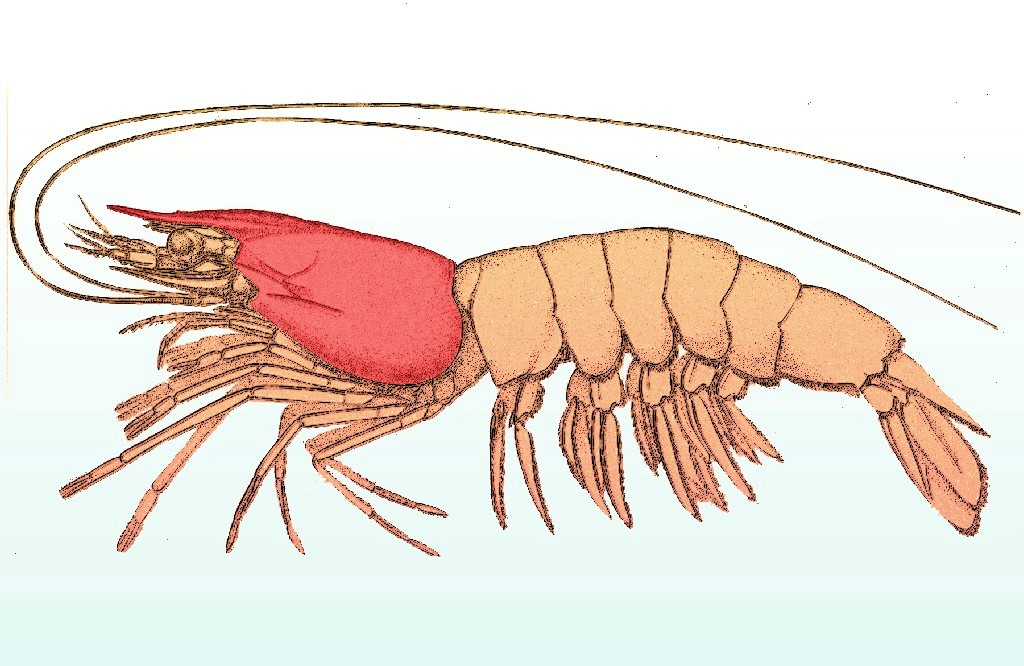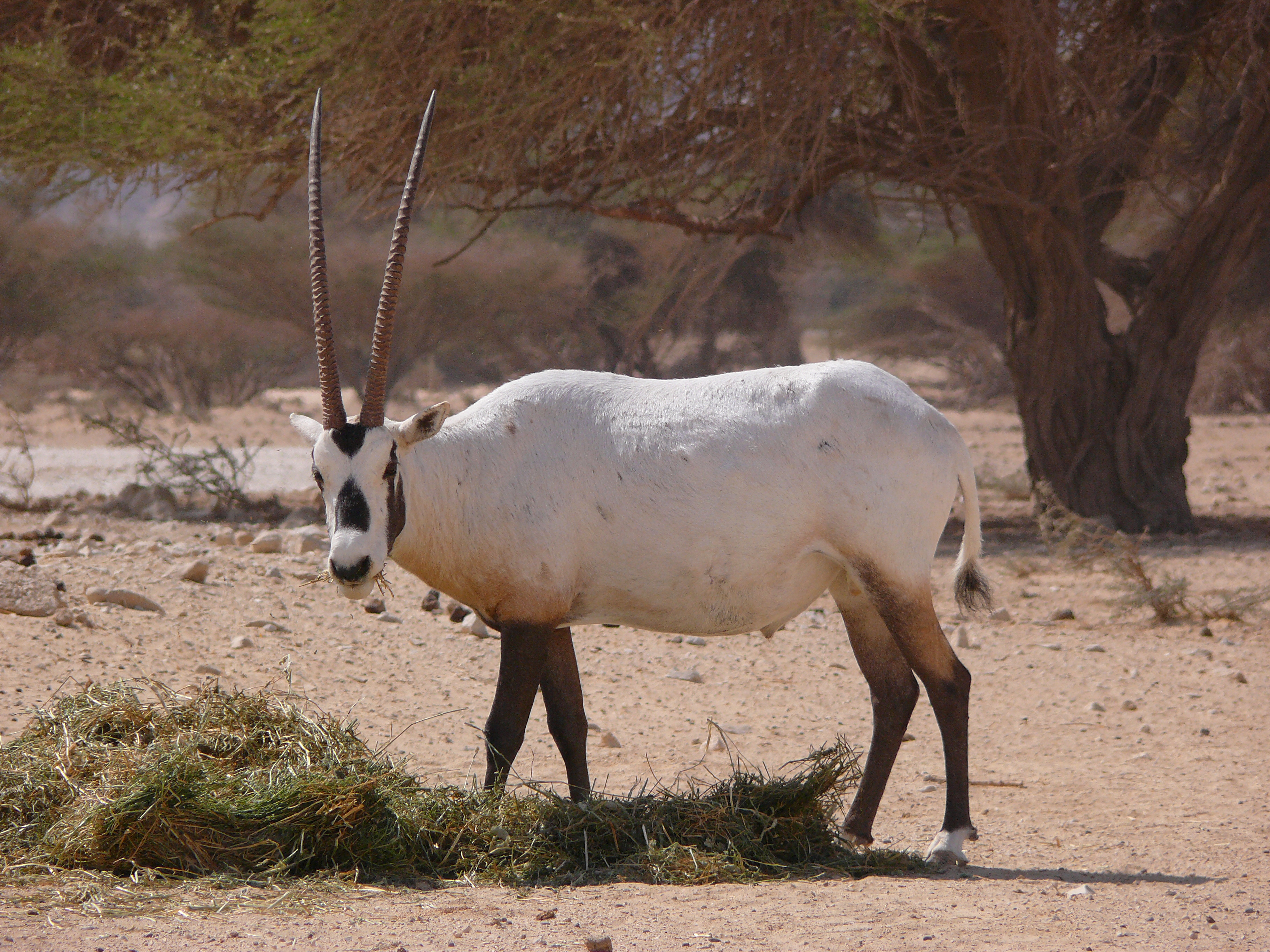|
Ploughshare Tortoise
The angonoka tortoise (''Astrochelys yniphora'') is a critically endangered species of tortoise severely threatened by poaching for the illegal pet trade. It is endemic to Madagascar. It is also known as the angonoka, ploughshare tortoise, Madagascar tortoise, or Madagascar angulated tortoise. There may be fewer than 400 of these tortoises left in the wild. It is found only in the dry forests of the Baly Bay area of northwestern Madagascar, near the town of Soalala (including Baie de Baly National Park). A captive-breeding facility was established in 1986 by the Jersey Wildlife Preservation Trust (now the Durrell Trust) in collaboration with the Water and Forests Department. In 1996, 75 tortoises were stolen, which later appeared for sale in the Netherlands. The project was ultimately successful, achieving 224 captive-bred juveniles out of 17 adults in 2004. Project Angonoka developed conservation plans that involved local communities making firebreaks, along with the creation of ... [...More Info...] [...Related Items...] OR: [Wikipedia] [Google] [Baidu] |
Léon Vaillant
Léon Louis Vaillant (; 11 November 1834 – 24 November 1914) was a French zoology, zoologist. He is most famous for his work in the areas of herpetology, malacology, and ichthyology. In 1854 he graduated from the Arras College, College d'Arras, followed by studies in medicine and zoology in Paris. In 1861, he received his medical doctorate, then continued his zoological studies with Henri Milne-Edwards (1800–1885), earning his degree in natural sciences in 1865. In 1875, he became a professor at the Muséum national d'histoire naturelle, Museum of Natural History in Paris. He held a special interest involving the systematics and anatomy of turtles and crocodiles, but also made significant contributions in his investigations of reptilian physiology and behavior. Of his 200-plus scientific writings, 90 of them are based on herpetology, herpetological subjects. He participated in French naval expeditions on the ''Travailleur'' in 1880, 1881 and 1882 and on the ''Talisman'' ... [...More Info...] [...Related Items...] OR: [Wikipedia] [Google] [Baidu] |
Turtle Shell
The turtle shell is a shield for the ventral and dorsal parts of turtles (the Order (biology), order Testudines), completely enclosing all the turtle's vital organs and in some cases even the head. It is constructed of modified bony elements such as the ribs, parts of the pelvis and other bones found in most reptiles. The bone of the shell consists of both skeletal and dermal bone, showing that the complete enclosure of the shell likely evolved by including dermal armor into the rib cage. The turtle's shell is an important study, not just because of the apparent protection it provides for the animal but also as an identification tool, in particular with fossils, as the shell is one of the likely parts of a turtle to survive fossilization. Hence understanding the shell structure in living species provides comparable material with fossils. The shell of the hawksbill turtle, among other species, has been used as a material for a wide range of small decorative and practical items sin ... [...More Info...] [...Related Items...] OR: [Wikipedia] [Google] [Baidu] |
Honolulu Zoo
The Honolulu Zoo is a zoo in Queen Kapiʻolani Park in Honolulu, Hawaii. It is the only zoo in the United States to be established by grants made by a sovereign monarch and is built on part of the royal Queen Kapiʻolani Park. The Honolulu Zoo features over 1,230 animals in specially designed habitats. Over 750,000 people visit the zoo annually. The zoo is administered by the City & County of Honolulu through the Department of Enterprise Services. Its support agency, the Honolulu Zoo Society (HZS), provides program services for the zoo. The zoo's accredited membership of the Association of Zoos and Aquariums (AZA) was dropped in 2016 but reinstated in 2020. History Queen Kapi‘olani Park In 1876, King Kalākaua made royal lands near the slopes of Lē‘ahi available for the establishment of a grand public park for the people of his kingdom. Two hundred subscribers to the king's project formed the Kapiʻolani Park Association for the purpose of pursuing the mission. In ... [...More Info...] [...Related Items...] OR: [Wikipedia] [Google] [Baidu] |
Carapace
A carapace is a dorsal (upper) section of the exoskeleton or shell in a number of animal groups, including arthropods, such as crustaceans and arachnids, as well as vertebrates, such as turtles and tortoises. In turtles and tortoises, the underside is called the plastron. In botany, a carapace refers to the hard outer cover of a seed which protects the inner embryo. Crustaceans In crustaceans, the carapace functions as a protective cover over the cephalothorax (i.e., the fused head and thorax, as distinct from the abdomen behind). Where it projects forward beyond the eyes, this projection is called a rostrum. The carapace is calcified to varying degrees in different crustaceans. Zooplankton within the phylum Crustacea also have a carapace. These include Cladocera, ostracods, and isopods, but isopods only have a developed "cephalic shield" carapace covering the head. Arachnids In arachnids, the carapace is formed by the fusion of prosomal tergites into a single pl ... [...More Info...] [...Related Items...] OR: [Wikipedia] [Google] [Baidu] |
Wild Astrochelys Yniphora In Its Native Habitats 2-transformed
Wild, wild, wilds or wild may refer to: Common meanings * Wilderness, a wild natural environment * Wildlife, an undomesticated organism * Wildness, the quality of being wild or untamed Art, media and entertainment Film and television * ''Wild'' (2014 film), a 2014 American film from the 2012 book * ''Wild'' (2016 film), a 2016 German film * ''The Wild'', a 2006 Disney 3D animation film * ''Wild'' (TV series), a 2006 American documentary television series * ''The Wilds'' (TV series), a 2020 television series Literature * '' Wild: From Lost to Found on the Pacific Crest Trail'' a 2012 non-fiction book by Cheryl Strayed * ''Wild, An elemental Journey'', a 2006 autobiographical book by Jay Griffiths * ''The Wild'' (novel), a 1991 novel by Whitley Strieber * ''The Wild'', a science fiction novel by David Zindell * ''The Wilds'', a 1998 limited-edition horror novel by Richard Laymon Music * ''Wild'' (band), a five-piece classical female group Albums and EPs * ''Wild'' (EP), ... [...More Info...] [...Related Items...] OR: [Wikipedia] [Google] [Baidu] |
Fauna And Flora International
Fauna & Flora is an international nature conservation charity and non-governmental organization based in the United Kingdom. Founded as the Society for the Preservation of the Wild Fauna of the Empire, the society created some of the first game reserves and captive breeding programmes during the 20th century. The society's peer-reviewed scientific journal, now known as '' Oryx'', has been publishing conservation science articles since 1904. Fauna & Flora International is constituted under English law as a company limited by guarantee and is a registered charity with its head office in Cambridge. FFI has sister organisations in the U.S. and Australia, and a subsidiary in Singapore. FFI focuses on capacity building, community-based approaches and marine conservation. FFI has a long history of royal patronage dating back to Edward, Prince of Wales (later Edward VIII), who became the group's patron in 1928. [...More Info...] [...Related Items...] OR: [Wikipedia] [Google] [Baidu] |
Gular Scute
The turtle shell is a shield for the ventral and dorsal parts of turtles (the order Testudines), completely enclosing all the turtle's vital organs and in some cases even the head. It is constructed of modified bony elements such as the ribs, parts of the pelvis and other bones found in most reptiles. The bone of the shell consists of both skeletal and dermal bone, showing that the complete enclosure of the shell likely evolved by including dermal armor into the rib cage. The turtle's shell is an important study, not just because of the apparent protection it provides for the animal but also as an identification tool, in particular with fossils, as the shell is one of the likely parts of a turtle to survive fossilization. Hence understanding the shell structure in living species provides comparable material with fossils. The shell of the hawksbill turtle, among other species, has been used as a material for a wide range of small decorative and practical items since antiquity, in ... [...More Info...] [...Related Items...] OR: [Wikipedia] [Google] [Baidu] |
Reptile Database
The Reptile Database is a scientific database that collects taxonomic information on all living reptile species (i.e. no fossil species such as dinosaur Dinosaurs are a diverse group of reptiles of the clade Dinosauria. They first appeared during the Triassic Geological period, period, between 243 and 233.23 million years ago (mya), although the exact origin and timing of the #Evolutio ...s). The database focuses on species (as opposed to higher ranks such as families) and has entries for all currently recognized ~14,000 species and their subspecies, although there is usually a lag time of up to a few months before newly described species become available online. The database collects scientific and common names, synonyms, literature references, distribution information, type information, etymology, and other taxonomically relevant information. History The database was founded in 1995 as EMBL Reptile Database when the founder, Peter Uetz, was a graduate student at the ... [...More Info...] [...Related Items...] OR: [Wikipedia] [Google] [Baidu] |
Malagasy Language
Malagasy ( ; ; Sorabe: ) is an Austronesian languages, Austronesian language and dialect continuum spoken in Madagascar. The standard variety, called Official Malagasy, is one of the official languages of Madagascar, alongside French language, French. Malagasy is the westernmost Austronesian language, brought to Madagascar with the settlement of Austronesian peoples, Austronesian speakers from the Sunda Islands (about 7,300 kilometres or 4,500 miles away) around the 5th century AD or perhaps between the 7th and 13th centuries. The Malagasy language is one of the Barito languages and is most closely related to the Maʼanyan language, still spoken on Borneo. Malagasy also includes numerous Malay language, Malay loanwords, from the time of the early Austronesian settlement and trading between Madagascar and the Sunda Islands. After , Malagasy incorporated numerous Bantu languages, Bantu and Arabic language, Arabic loanwords brought over by traders and new settlers. Malagasy is spok ... [...More Info...] [...Related Items...] OR: [Wikipedia] [Google] [Baidu] |
John Edward Gray
John Edward Gray (12 February 1800 – 7 March 1875) was a British zoologist. He was the elder brother of zoologist George Robert Gray and son of the pharmacologist and botanist Samuel Frederick Gray (1766–1828). The same is used for a zoological name. Gray was keeper of zoology at the British Museum in London from 1840 until Christmas 1874, before the natural history holdings were split off to the Natural History Museum. He published several catalogues of the museum collections that included comprehensive discussions of animal groups and descriptions of new species. He improved the zoological collections to make them amongst the best in the world. Biography Gray was born in Walsall, but his family soon moved to London, where Gray studied medicine. He assisted his father in writing ''The Natural Arrangement of British Plants'' (1821). After being blackballed by the Linnean Society of London, Gray shifted his interest from botany to zoology. He began his zoological ... [...More Info...] [...Related Items...] OR: [Wikipedia] [Google] [Baidu] |
Astrochelys
''Astrochelys'' is a genus of tortoises in the family Testudinidae. The two species are both found in Madagascar, and both classified as critically endangered on the IUCN Red List. Species A single extinct Extinction is the termination of an organism by the death of its Endling, last member. A taxon may become Functional extinction, functionally extinct before the death of its last member if it loses the capacity to Reproduction, reproduce and ... species was described in 2023: '' Astrochelys rogerbouri''. References {{Taxonbar, from=Q779267 Turtles of Africa Reptiles of Madagascar Endemic fauna of Madagascar Turtle genera Taxa named by John Edward Gray ... [...More Info...] [...Related Items...] OR: [Wikipedia] [Google] [Baidu] |
Genus (biology)
Genus (; : genera ) is a taxonomic rank above species and below family as used in the biological classification of living and fossil organisms as well as viruses. In binomial nomenclature, the genus name forms the first part of the binomial species name for each species within the genus. :E.g. '' Panthera leo'' (lion) and '' Panthera onca'' (jaguar) are two species within the genus '' Panthera''. ''Panthera'' is a genus within the family Felidae. The composition of a genus is determined by taxonomists. The standards for genus classification are not strictly codified, so different authorities often produce different classifications for genera. There are some general practices used, however, including the idea that a newly defined genus should fulfill these three criteria to be descriptively useful: # monophyly – all descendants of an ancestral taxon are grouped together (i.e. phylogenetic analysis should clearly demonstrate both monophyly and validity as a separate lineage). ... [...More Info...] [...Related Items...] OR: [Wikipedia] [Google] [Baidu] |








